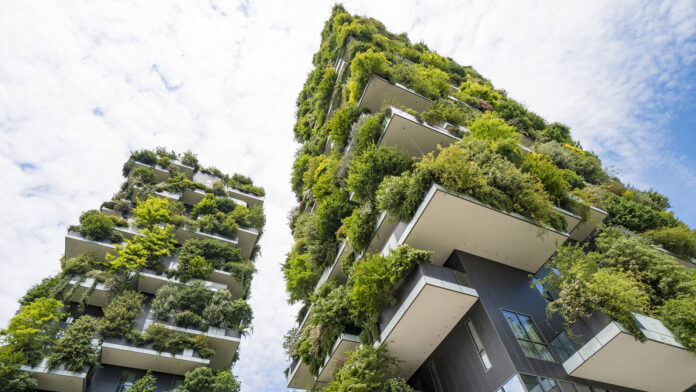The building sector accounts for a whopping 30% of global energy consumption and 40% of global CO2 emissions. They require resources to build and generate waste throughout their life cycle. On top of this, the building sector is known to create harmful emissions. Therefore, this sector requires immediate changes and technologies to lessen its environmental impact.
Moreover, construction firms are frequently confronted with the difficulty of meeting the ever-changing need for new, modernized facilities that are inclusive, safe, and healthy while minimizing ecological impact. Opting for sustainability in buildings can thus help to minimize operating expenses and carbon footprints while also increase building resiliency.
Understanding Sustainable Buildings
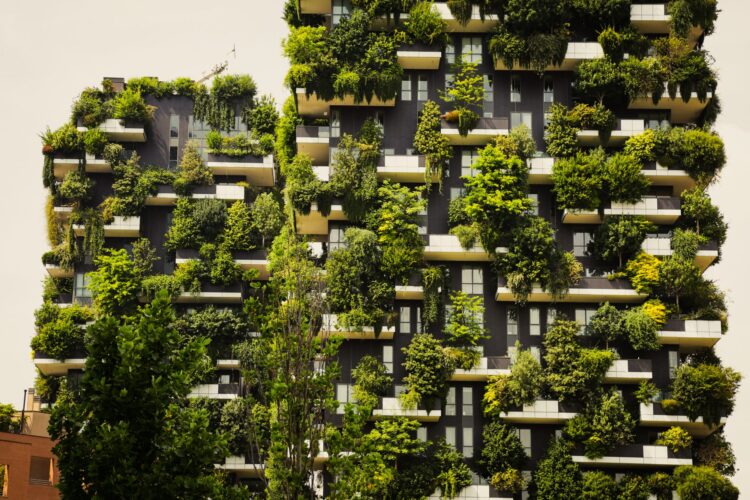
Sustainable buildings are those whose environmental impact is comparatively much less than traditional buildings. This is because they are constructed while keeping the environment in mind. Building sustainability ensures that a facility’s energy and resource consumption are optimized and efficient and the waste is responsibly discarded.
There is currently no widely accepted standard specifying what is required to get green building accreditation. Several variables are defined by the US Green Building Council’s Leadership in Energy and Environmental Design (LEED) program, which awards ratings (silver, gold, and platinum) under its format. Still, no comprehensive description of ‘sustainability in buildings’ has been created to advise which attributes must be specified in a property to qualify for the concept.
For simple understanding, we can say that sustainability in buildings is ensured when it preserves and restores the ecological value of the surrounding area. This type of building ensures the most efficient use of land, water, and other precious resources.
Key Principles of Sustainable Buildings
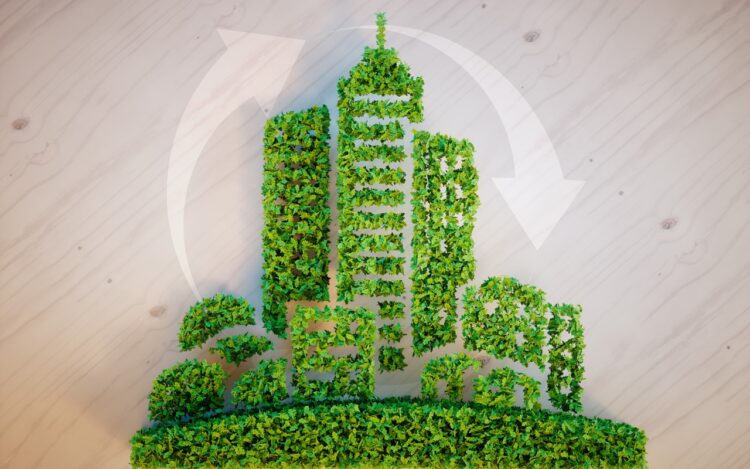
In this section, we will dig deep into the true meaning of sustainability in buildings by looking at some of its key principles.
- Energy efficiency: The primary function of a sustainable building is to ensure proper utilization of energy resources. Designing and constructing buildings that consume less energy is a key factor in sustainable buildings. One major aim of sustainability in a building is to limit dependence on fossil fuels and employ renewable resources instead.
- Durability: The materials used in constructing sustainable buildings should be durable to ensure the structure’s longevity. The economic and ecological benefits of having a long-lasting building are excellent. Furthermore, employing durable materials and goods in the construction of buildings means that they will need to be replaced or repaired less frequently, resulting in less upkeep and cost savings.
- Indoor Quality: Sustainability in buildings is not just limited to its external effects but also covers the indoor quality of the building. The indoor quality of a building has a considerable impact on residents’ health, comfort, and productivity. As a result, sustainable buildings maximize natural light, allow for natural ventilation, regulate moisture levels, and avoid materials with high volatile organic compound (VOC) emissions.
- Waste Reduction: Demolition of buildings leads to excessive waste production and overall wastage of resources. Therefore, to include sustainability in buildings, builders should focus on the waste reduction aspect of buildings. To reduce waste on construction sites, builders should employ low-impact products that are sustainably sourced and reused from previous projects and practice sustainable recycling at all stages of the construction process.
Energy Efficiency
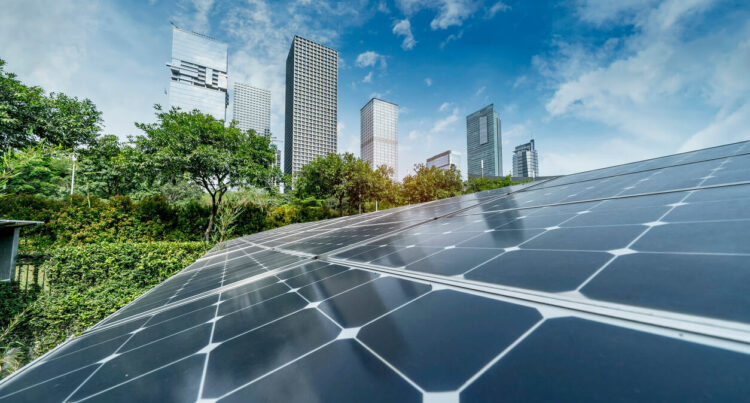
Implementing energy efficiency into building plans is beneficial not only to the environment but also reduces economic operating costs for the building owner or occupants. Can any of the lighting or heating systems be powered by renewable energy sources like solar or wind power? Are there ways to optimize airflow and insulation in order to reduce energy usage? There are a variety of methods and technologies available for improving overall energy efficiency for end-use in buildings. These include:
- Insulation: Creating proper insulation not only helps keep heating and cooling costs down within the building, but also helps save on overall energy usage since it lowers the demand on HVAC systems.
- Natural ventilation and shading techniques: Utilizing natural air flow by deploying windows and louvers can significantly reduce electricity costs that would normally be used on HVAC systems. In addition, strategically placed vegetation around buildings can help enhance natural shading techniques thereby reducing cooling demands in hot climates and heating demands in cold climates.
- Lighting: LED lighting has become very popular in many sustainable projects due to its long life span and low energy consumption as well as its ability to create an efficient work environment with better-quality illumination than what could be obtained with traditional lighting protocols such as fluorescent bulbs or incandescent bulbs.
- Building automation technology: In addition to controlling lighting and temperature levels within a specific space or room, automation technology can allow for optimal performance of systems such as fire detection/alarm systems, security surveillance cameras and other security components; furthermore these elements can be connected remotely which allows more flexibility for monitoring from any location with device capabilities such as smartphones or laptops in order to enable energy saving measures when necessary even when away from the property.
Reach Out to Leading Providers for More Insight
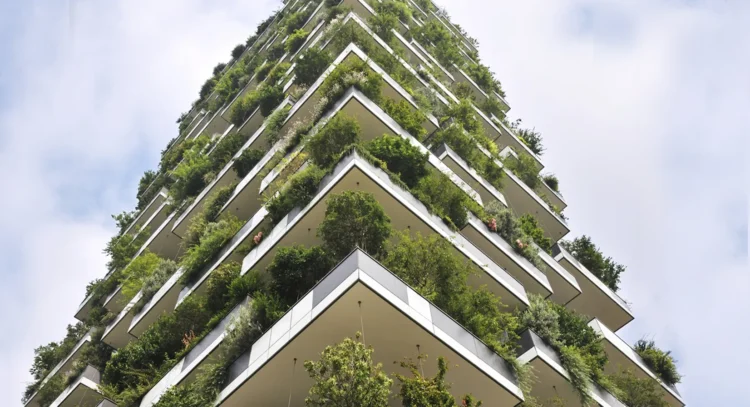
Incorporating sustainability in buildings has become an increasingly important feature. Green building influences more than just your home; it encourages using local resources and materials, which helps develop local businesses and support the economy. If you want to turn your traditional building into a sustainable one, we recommend contacting leading experts at Schneider Electric. These experts can help you understand the scope of sustainability in your buildings.
With Green Yodha, you can join the fight against global warming and make a difference. Green Yodha by Schneider Electric is a great platform for like-minded individuals to come together for a greater cause.
Conclusion
In conclusion, sustainable building practices are an ever-evolving process. As technology and energy consumption regulations continually change, the impact of these regulations on the environment must be considered.
It is essential for builders to stay up-to-date on relevant information about sustainable construction and to consider all available options when constructing a building.
Ultimately, ongoing assessment of successful green strategies helps ensure better success in building healthier habitats with more sustainable materials that respect natural resources and the environment.

